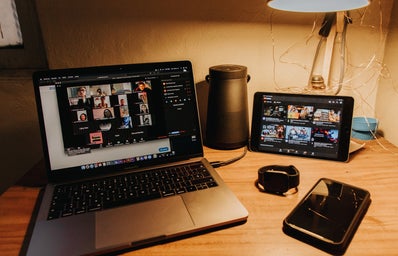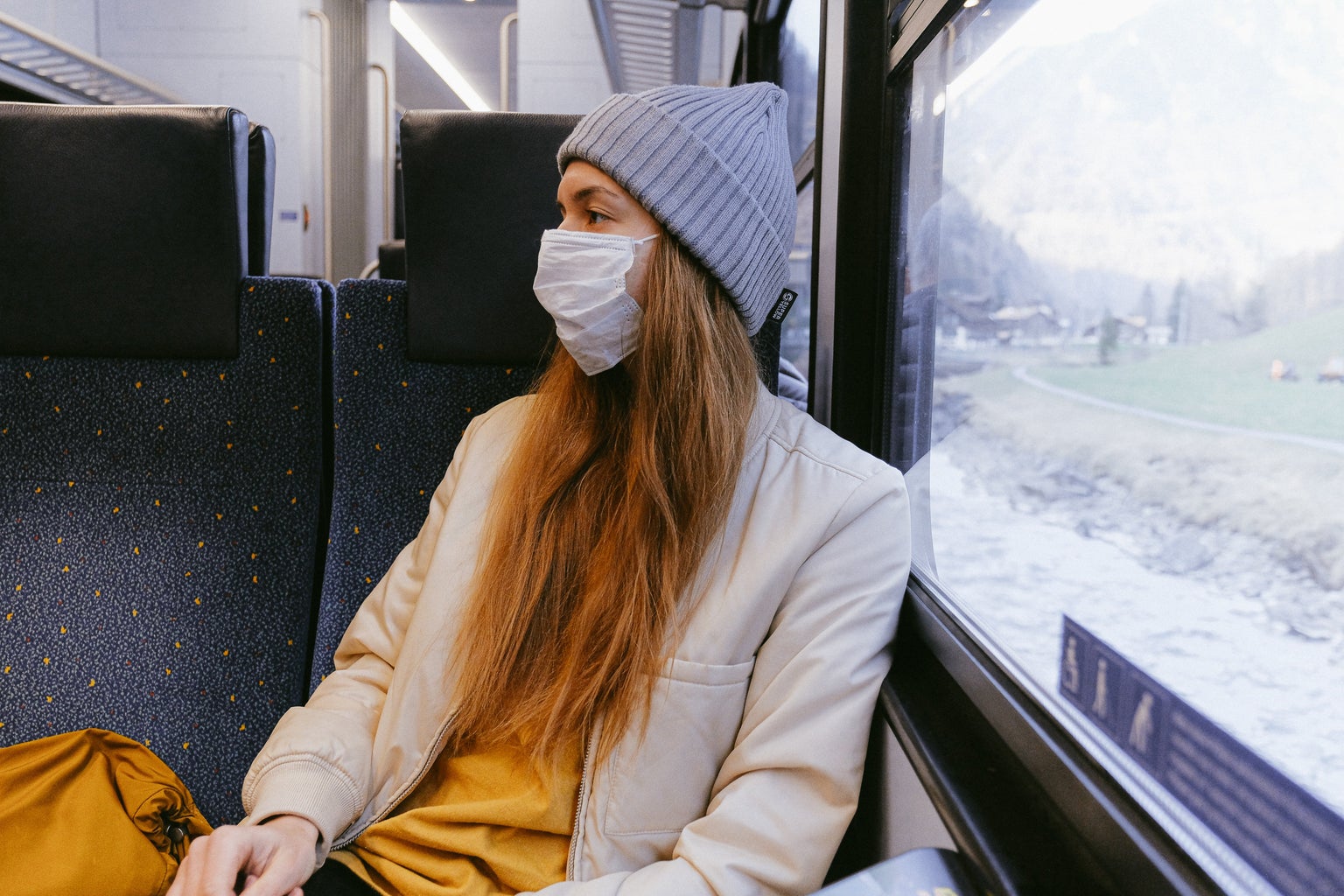Originally published in Her Campus American’s print magazine Collegiette, Issue 007
The onset of the COVID-19 pandemic forced educational institutions to quickly reframe and adopt a learning strategy that allowed for learning to continue while in lockdown.
Video communication services such as Zoom and Google Meet provided a solution to this issue by allowing students and teachers to connect remotely. The adoption of this non-traditional teaching method was met with a host of contrasting opinions amongst students, parents and educators alike. What seemed to serve as a temporary learning environment gradually shifted into something more long-term, ultimately exposing numerous disparities within the educational system.
Educational Inequities
While a reliable internet connection and a laptop were easily accessible to students in affluent communities, the transition to online learning was tougher for those who lacked access to the same technological resources.
The burden fell on schools to provide technology to students who did not have access to resources, such as computers and WiFi. For schools that lacked the funding and resources to do this, students suffered as they were unable to access their daily instruction. But access to this technology was not a foolproof solution.
“Some students still couldn’t attend class because their parents’ needed their computers since they lost their jobs and couldn’t afford their own,” Sydney Schroder, an American University freshman, said in an interview. “My mom received emails from students telling her they had to complete their assignments later because of this.”
As economic disparities presented themselves in the form of class attendance, lost learning time accounted for delayed academic achievement as students did not receive the same instruction as their peers.
On top of technological frustration, some students had to navigate family tensions and additional responsibilities at home. Sometimes these challenges came at the expense of students’ academic progress.
As many parents lost jobs during the pandemic, some students were faced with the effects of financial hardship. The economic downturn of the pandemic caused the United States unemployment rate to reach 13% in May, 2020—the rise of unemployment outpacing that of the Great Recession, according to the Pew Research Center.
Student Mental Health
The absence of regular face-to-face interaction coupled with home stressors aggravated students’ mental health, and those previously struggling with mental illness were facing additional strain. The National Institute of Mental Health reported that 17% of the United States population aged 12 to 17 had at least one major depressive disorder in 2020, and its prevalence was highest among those who reported at least two races.
Without equal access to school support systems in place before remote learning, many students had fewer resources to support their mental health. A 2020 report from the CDC revealed that there was over a 30% increase in emergency room visits among 12- to 17-year-olds for mental health reasons. The CDC noted that the higher visitation rates may reflect the unintended consequences of mitigation measures which reduced access to mental health services.
Online learning comes with greater screen time, isolation and self-discipline—components that have significant implications for students’ mental and physical health.
An Ongoing Crisis
Some are naming this an “educational crisis” because of students’ estimated learning loss.
A report from the World Bank, UNICEF and UNESCO in 2021 claimed that the current generation of students risks losing $17 trillion in lifetime learnings (in present value) from school closures due to the pandemic. The publication stressed the importance of instilling learning recovery programs when in-person classes resume to assist students—programs characterized by extending instructional time and improving learning efficiency.
Educators, parents and students have continued to demonstrate patience and flexibility during this unprecedented time as online learning will remain emergent for the foreseeable future. Collective efforts among districts, communities and the government must continue to mitigate its social, economic and educational consequences.



